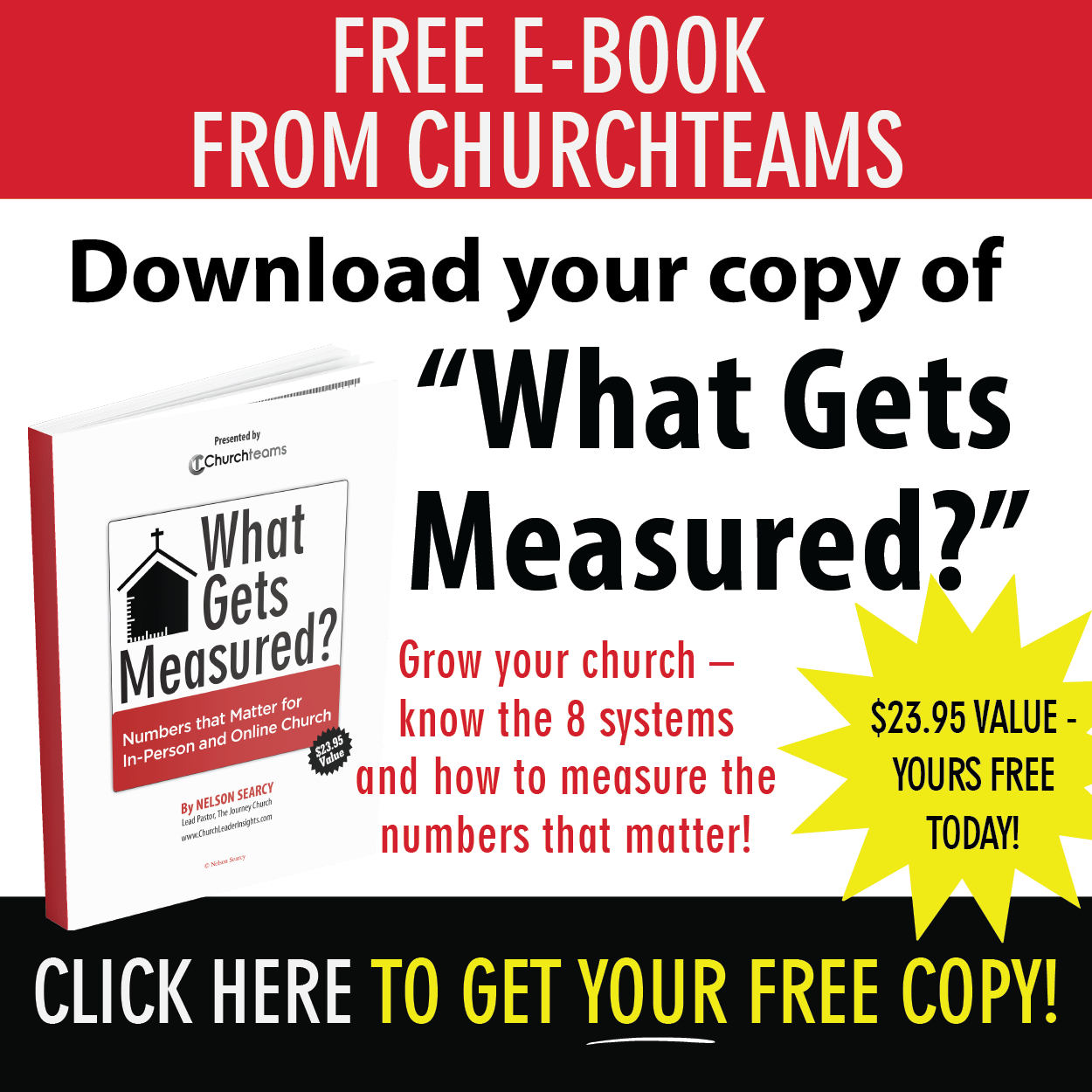
Online giving is no longer a fringe concept for churches. Churches all over the world are making it possible for donors to give via the internet. But what are the hidden costs? What are the benefits of the different methods for online giving? How do you understand all the online giving lingo and jargon? This article will answer these questions.
Online Giving vs. Traditional Giving
One concern that some church leaders wrestle with regarding online giving is fees. They wonder, “Is online giving going to cost our church more money?” The answer is with out a doubt, “It depends.” Each church needs to choose a vendor who processes digital transactions and each vendor has their own pricing structure. However, as a general rule, online giving costs are similar to traditional giving costs.
Let’s consider traditional costs for a moment. All banks charge some kind of fees for accounts, money transfers, check cashing, etc. Also, most churches have a paid bookkeeper who maintains giving records, makes deposits, manages accounts, etc. These things cost your church money.
Transaction fees may be a little higher with online giving, but the management of those donations is usually much simpler. There is no need to manually count checks and cash. There is no need to manually enter donation amounts into a database. These things are automatically recorded. These digital records are easily transferred to church databases which saves your bookkeeper time, thus saving the church money. Furthermore, what’s the cost of not offering a digital solution. There are people in your church who don’t give at all because they simply don’t carry checks or cash.
At the end of the day, churches need not fear increased costs from online giving. They should instead anticipate similar costs with the benefit of increased donations.
E-Check and ACH
Both e-check and ACH are fully digital methods of transferring money from bank accounts. E-check and ACH are very similar, and as such, many people tend to use the terms interchangeably. However, while similar, they are not the same. E-check is short for “electronic check”. E-check transactions are online payments that you initiate using your bank account and bank routing number. They function much like old-fashioned paper checks; the vendor can only process the check one time and then the transaction is done. E-checks are often subject to higher fees than ACH transactions.
ACH stands for “Automatic Clearing House”. In simple terms ACH is a fully digital method of depositing money to or withdrawing money from an account; and that’s the major difference between ACH and e-check. Setting up ACH with a vendor allows a two-way flow of money. This affects online gifts to your church in the following ways:
- Your church can refund money directly into a parishioner’s account. Why would you do this? Some churches offer a money-back tithe challenge. They ask people to tithe via ACH for an agreed upon period of time where if the donor thinks it was not worth it, they can ask for their money back. If the donor gave via e-check your church could not simply send the money back digitally. You would have to cut an actual check or send an e-check from your church to the donor’s account. ACH allows for a simpler back-and-forth.
- If the donor agrees, your church can automatically deduct an agreed upon amount from the donor’s account on a recurring basis. With e-check a donor who gives every month has to initiate a new e-check each month. But with ACH the donor just has to set it up once and can stop or change the recurring payments any time they wish. ACH fees generally incur the lowest fees of all online transaction types.
Debit Cards and Credit Cards
Practically speaking, there’s not much difference between debit and credit cards. To the end user, they function almost identically. The biggest difference between the two is that debit cards are tied to bank accounts and credit cards are tied to open lines of credit. In other words, my debit card taps into the money I currently have on hand, while my credit card taps into the money I plan on owing to the credit card company.
So how does this difference affect online giving to your church? First, gifts via debit card don’t incur any debt on behalf of donors. This is why many churches encourage donors to never use credit cards for donations and why other churches refuse credit card donations altogether. Second, debit transactions cost less than credit transactions. The reason for the difference in fees comes down to one word: risk. The credit card company takes a risk lending money to a consumer. While most consumers pay their debts, some don’t. The primary way credit card companies mitigate this risk is through their interest rates. However, a further step is for credit card companies to charge more per transaction thus spreading out the cost of their risk to every customer and to lessening their own costs. While debit transactions are lower than credit card fees, ACH is still lower than both. Thus, it benefits your church the most to encourage online donors to set up ACH donations.
Text To Give
Text-to-give methods are still emerging and evolving. A few years ago I was watching a live concert on TV. The goal of the concert was to raise money for a non-profit, so before and after every commercial break they would flash a key-word and a number on the screen so you could give to their cause via text. I don’t remember the key-word, or the number, or even the cause, but I remember it was simple. It went something like this: “Text ‘give’ to 74842 and a gift of $15 will be added to your phone bill.” As a veteran pastor I thought, “How can we do that at church?”
This phone-bill-add-on-donation method seemed to flame out pretty quick. I guess people didn’t really like getting a larger bill at the end of the month. But the idea of texting-to-give is still holding on.
Here’s how most online transaction processing companies currently handle text-to-give donations (the specifics vary from company to company, but this will give you a general idea):
- The donor texts a dollar amount to a designated number.
- The company receives the text and sends an automatic reply with a link.
- The donor clicks the link and sets up an account with their ACH or credit/debit card info.
- After creating this account, the donor makes a donation and can choose whether or not this gift will automatically recur.
While this is a clear path to digital giving, it’s a little clunky, so I’m not personally very excited about it yet. Transaction processing companies are still innovating ways to make this process faster and simpler. When these companies can shorten the process to take 30 seconds or less, I’ll begin getting excited. Why? Because we live in a culture where people give up on things that require too many steps. The faster and easier something is, the more likely it is that people will follow through with it. Getting a text-to-give process down to just a few seconds will result in a much higher number of people giving.



